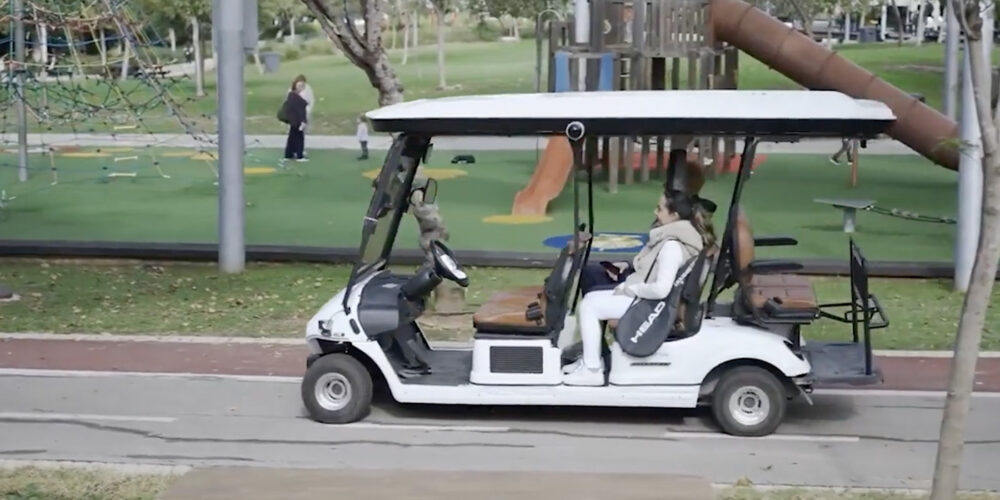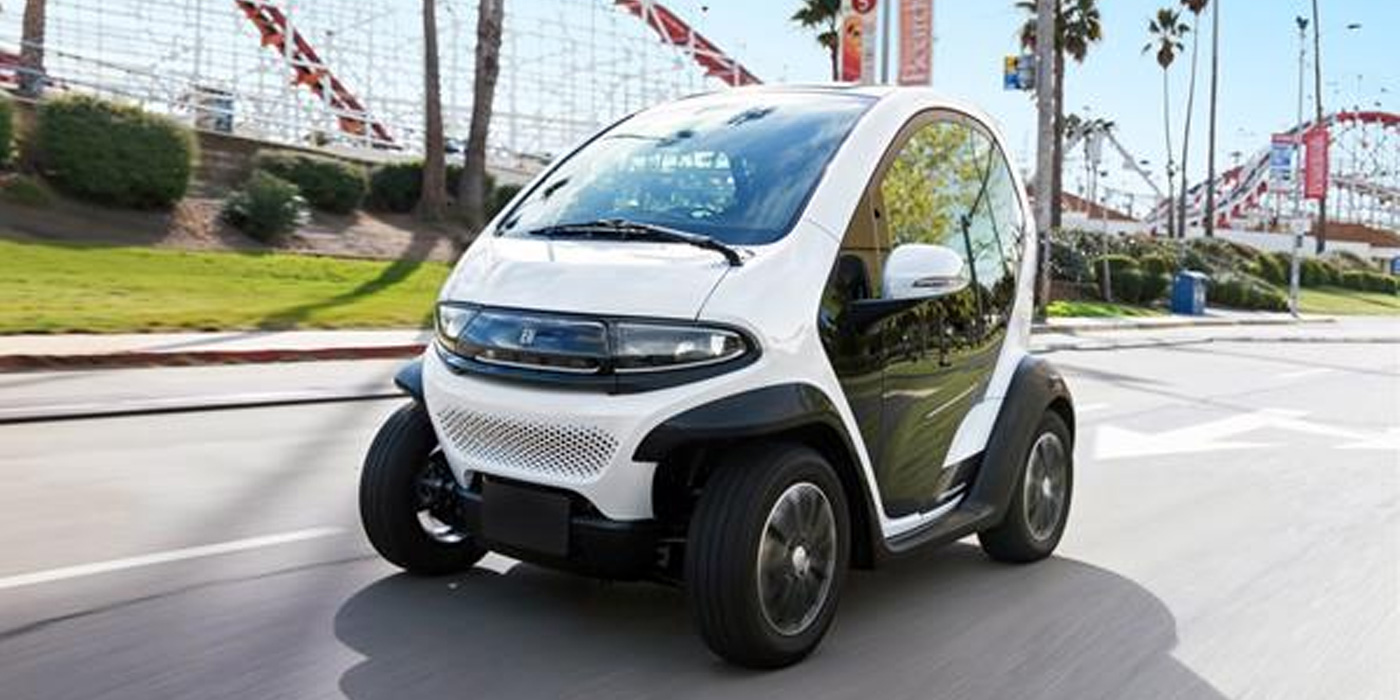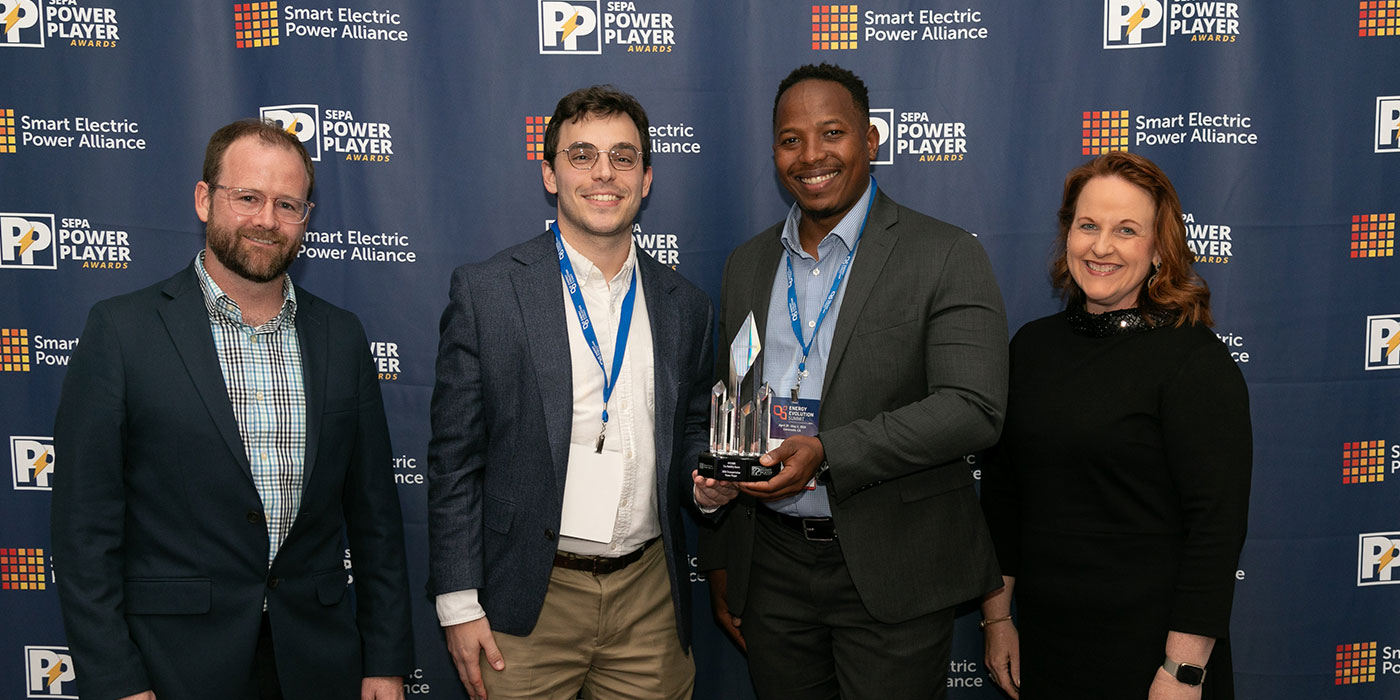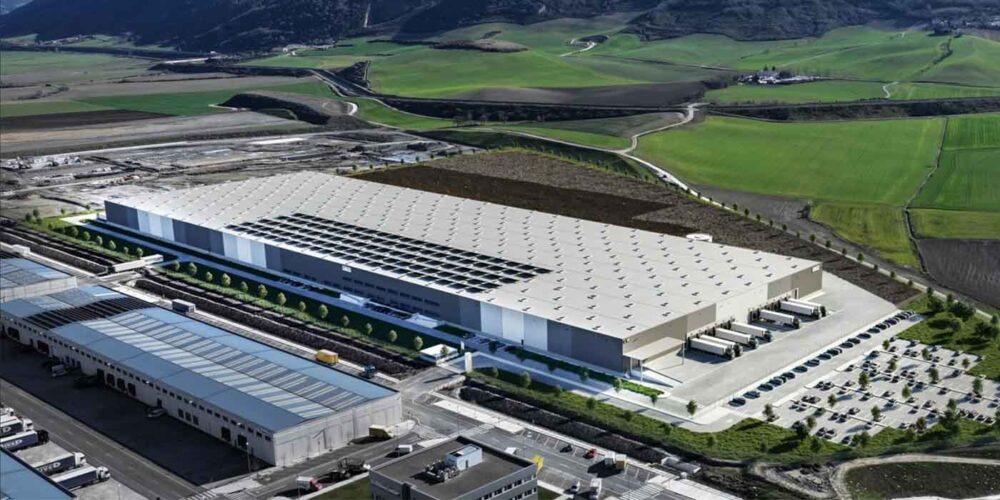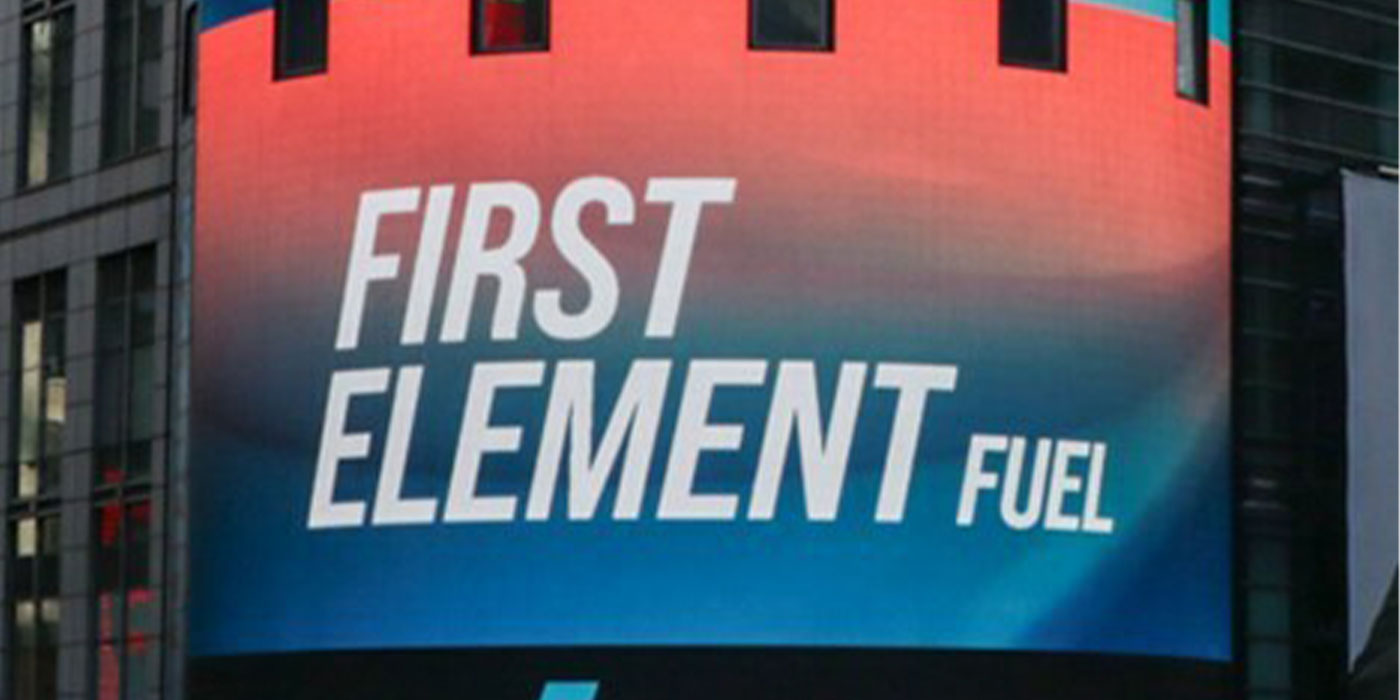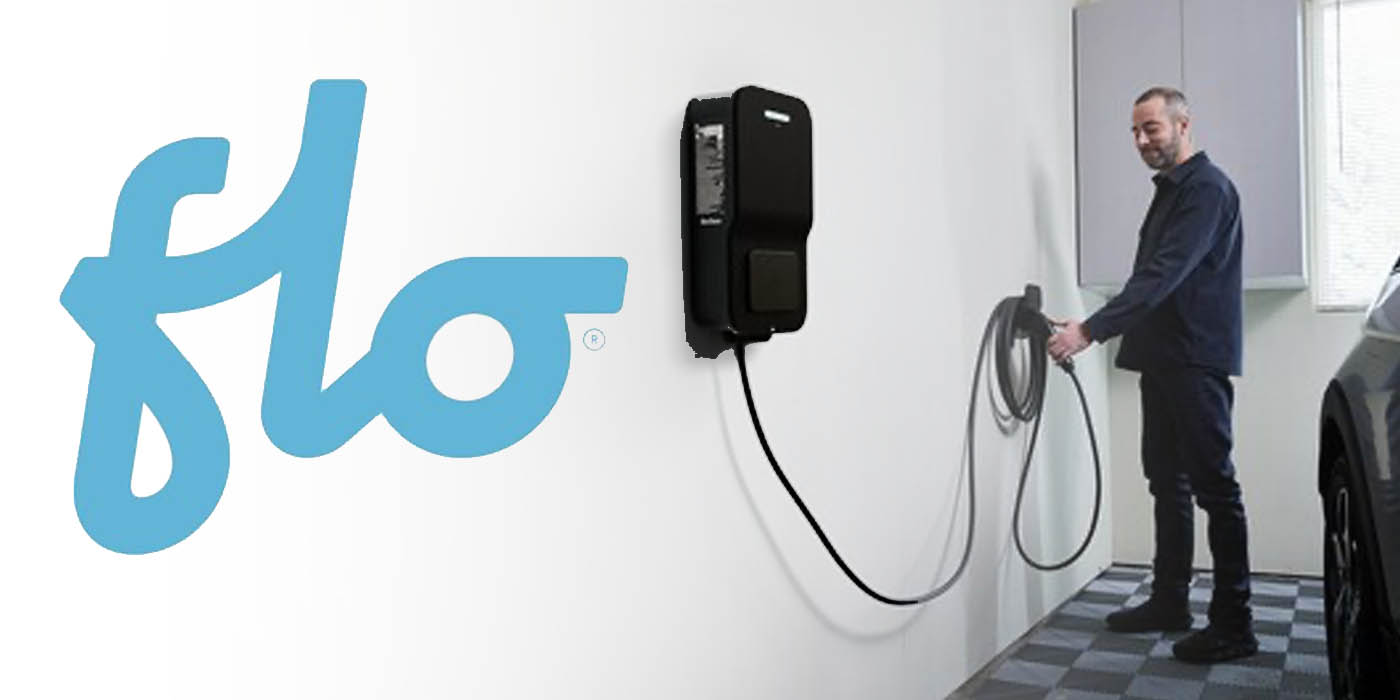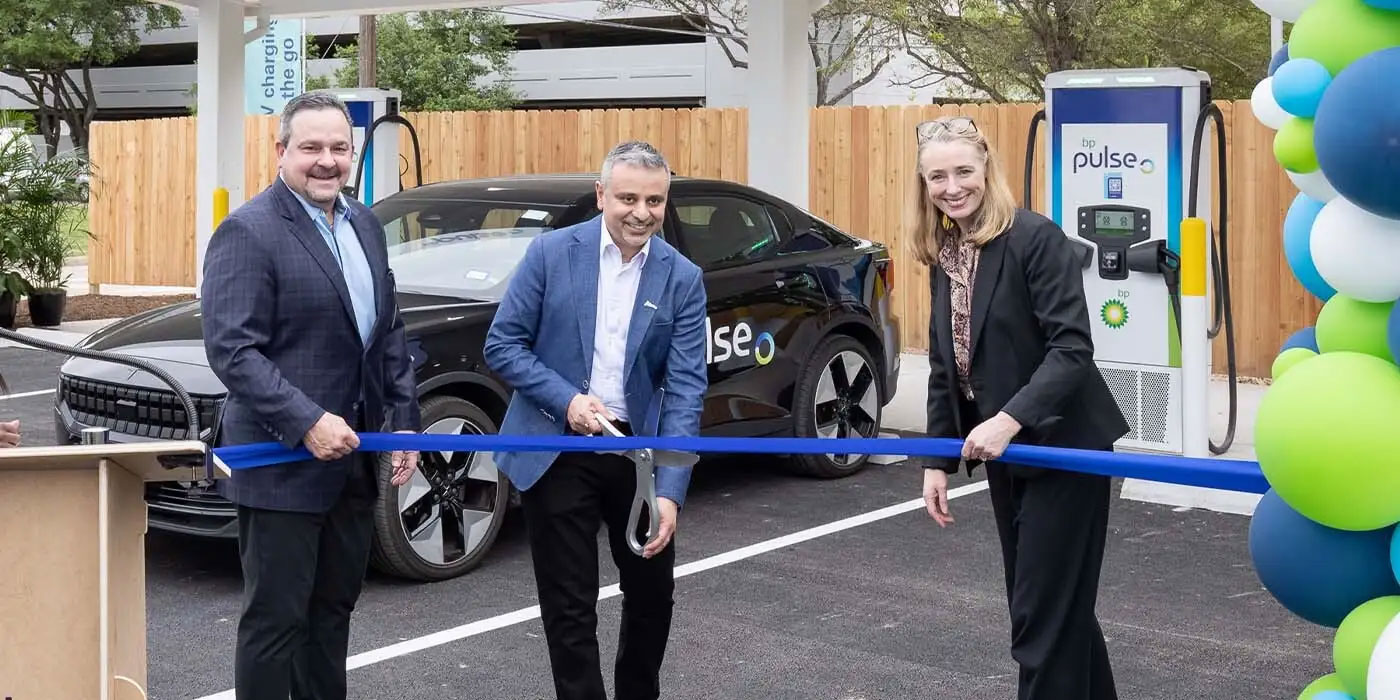Autonomous vehicles tend to be electrified using powerful batteries because they are covered in sensors and require the latest computer hardware to interpret the onboard data in near-real time. This draws a ton of electric power, and an all-electric battery pack can not only provide this power, but keep the stream much more steady and stable when compared to an ICE engine.
These sensors work together to provide a comprehensive view of the vehicle’s surroundings, enabling it to detect and respond to various objects, obstacles, road conditions, and traffic situations. But, what if you eliminated the lanes these vehicles use to navigate completely?
Low-speed autonomous vehicles are expected to navigate areas without lanes with short stopping distances. This makes them suitable for various environments like resorts, hospitals, university campuses, industrial campuses, retirement villages, gated communities, airports and more.
On this episode of The Amped EV Podcast, we speak with Avinoam Barak, the CEO of Carteav, a company that develops autonomous low-speed electric vehicles. During our conversation, he dives into the technology Carteav uses – like sensor fusion, which combines lidar, radar, and cameras to enhance the vehicle’s perception and safety. We also discuss the navigational accuracy of these vehicles, as well how to address the infrastructure challenges that come with managing these vehicles.
Want more of The Amped EV Podcast? Click here.
David Sickels: Hello and welcome back to the Amped EV podcast. My name is David. I am the editor for The Buzz and today we are talking about autonomous low-speed vehicles. These are really cool because think of them as people movers in a crowded space. They don’t need a lane necessarily. They can kind of move wherever they need to go and they’re always looking at what’s ahead of them. So to talk with us today, we are talking Avinoam Barak. He is the CEO of Carteav. Let’s get to the interview.
Okay. Avinoam, thank you so much for joining us today. This is a really, really cool topic. So tell us a little bit about why EVs are such a good match for autonomous vehicles. Why are they such a good marriage together?
Avinoam Barak: Okay, first of all, in an autonomous vehicle you must have many sensors and you need to have a computer inside, a very strong computer, because you need to do a lot of calculations in order to avoid mistakes and so on. Those computers and sensors cannot be shut down when you close the cart. They need to be in a standby mode. For example, if you are waiting and the cart is doing nothing and now you want to order it, you need to wake it up immediately. So it needs to be in a standby mode. So it needs to have a strong battery and strong electrification in order to wake up very fast. Okay. It’s not that I can use the gasoline in order to do it.
The second one, when you charge it and suddenly there is an order, you can plug it out and send it immediately to the mission, which means that you need to cut off in the middle of charging. And it has to be controlled digitally. So it has to have power, which is electrification. This is one.
The second one is that we need, in order to have a service all day round, we need to deal with it with a unique charging. Autonomous carts should be managed autonomously, their charging. There are a few methods we’ll discuss later on of how to charge it, but we are not like a normal non-autonomous, you charge it for 10 hours and you have a battery. For us, we can charge it 20% because we need to give a service.
So there are a lot of things or scenarios that can happen during the day that we need to control it and to cut it in the middle and then continue later on and so on. It has to be monitored digitally, controlled digitally, and autonomously charged digitally.
That’s why we are fully bound and fully working only with electric vehicles and not any other vehicle.
David Sickels: Got it. Got it. Yeah, autonomous charging, that’s a really good point that I hadn’t thought of. Can you tell us a little bit, just a baseline about your company and the technology that you’re using on the electrification and the autonomous side?
Avinoam Barak: Yes. So first of all, we are working and specializing on low-speed areas. Now, when you are talking about low speed, the stopping distance is very short. For example, normal car, autonomous or not autonomous, electric or not electric, when you drive 60 miles per hour, your stopping distance is around 200-300 yards. Almost 1,000 feet, the stopping distance.
When you are driving 10 miles per hour, your stopping distance is around 15 yards, which means that it’s a totally different game, which means that all the sensors need to look for 30, 40 yards rather than a few hundred meters and so on. And the safety out of it, it’s much, much different because you have many pixels and enough resolution for any threat. When you see a person from 300 yards, for example, you have only a few pixels and you have the probability of a mistake, which is quite high. When you see it from 30 yards, you have many more pixel on the person, so your probability is much higher. So this is the concept and the environment we have.
The second one, is if you are not working in a managed environment like a normal road, then you have an autonomous vehicle. But most of the cars, 99.9, are normal cars with drivers. And they are making most of the problems. The drivers are causing the problem. The drivers are creating endless scenarios. So if you have a managed area, the manager of the area can decide who can enter, who can leave and can decide about the rules in the area.
So the technology we are using are perceptions, which means that we are making a fusion of different type of sensors, which is lidar, radar, and camera. We don’t believe in any sensor that can solve it. The only way to bring really a working solution is by having a few uncorrelated sensors. The way that we are doing the control is different, we’ll discuss it later on, is different because we are managing the space and not the lanes. I will explain it later.
And the navigation, compared to normal electrical and not autonomous, should be very, very, very accurate. In normal navigation you are using Google Maps and so on. So you can have 10 meters, 5 meters, 15 meters, I need to have two centimeters of accuracy in order to drive. So we need to solve it. Later on, I will describe how we solve it. And since we are walking in a known area and a managed area, we need to map the area in a very unique way. We need to have really very accurate and unique smart mapping in order to map it, in order to work well.

